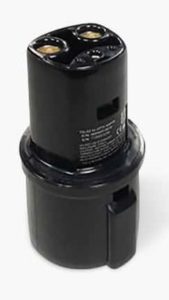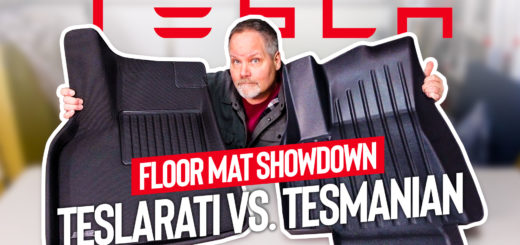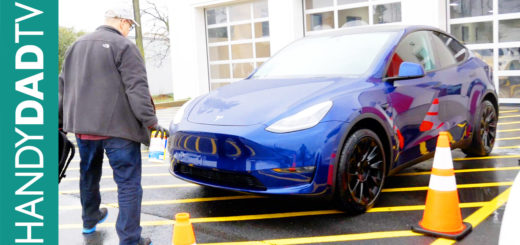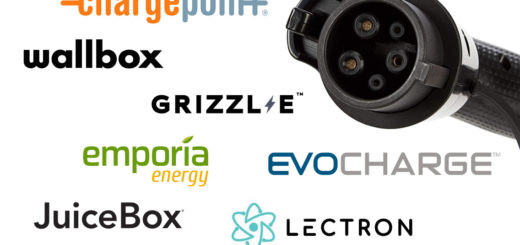Tesla Home Charging Options
If you found this page because you're a future Tesla owner, congratulations! I've owned a Tesla Model Y Long Range since March, 2020, and I have been extremely pleased with the purchase.
The most convenient aspect of owning an electric vehicle is the ability to charge at home. This article will give you an overview of your options.
Tesla Universal Mobile Connector (UMC)
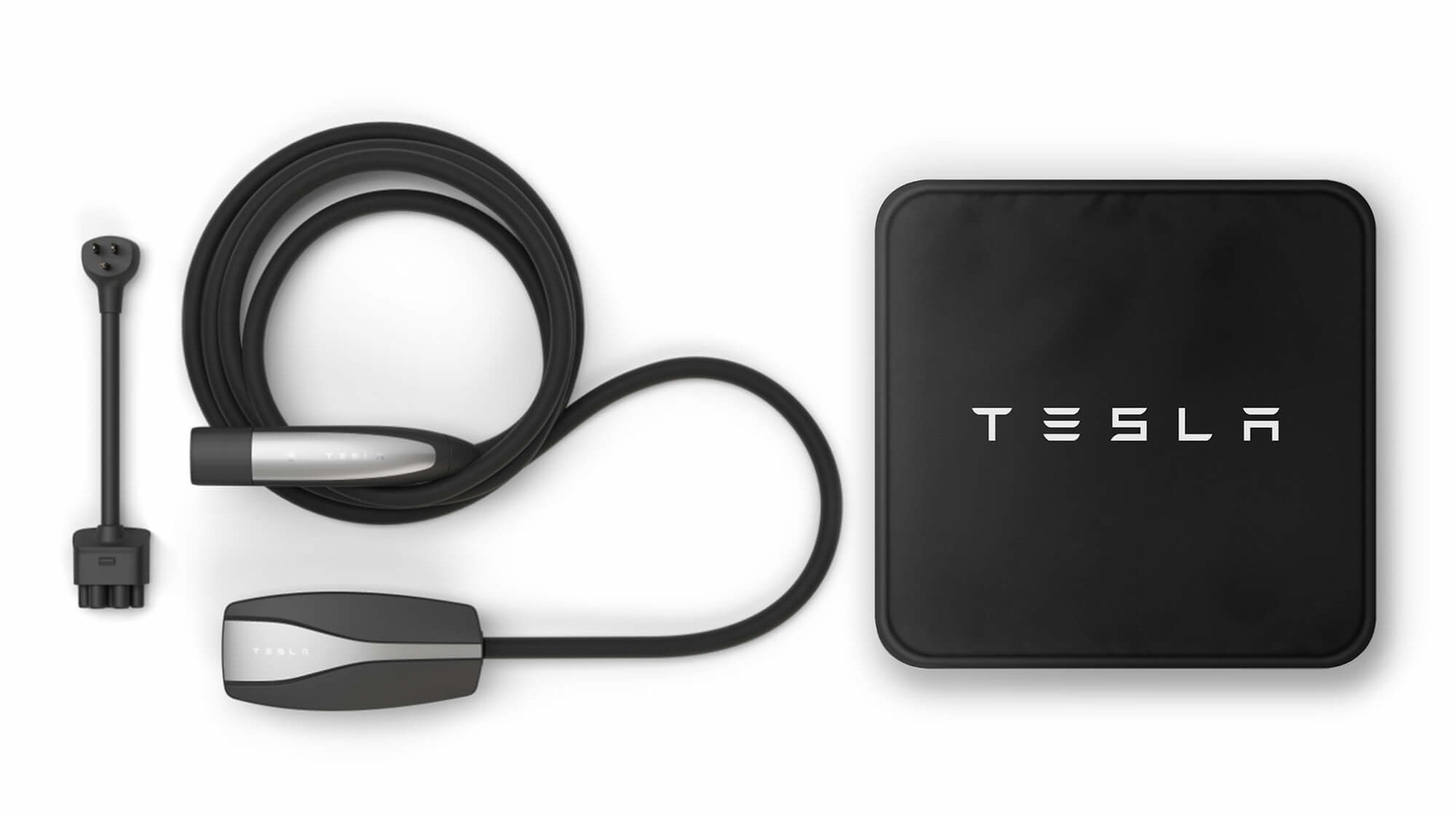
When you buy a Tesla, it comes with a UMC (Universal Mobile Connector) and a NEMA 5-15 (120-volt) adapter (pictured above) that can charge your car at Level 1, which is a very slow charge rate that only adds around 3-4 miles of range per hour. In other words, it would take 15 hours to recharge my car after my 75-mile daily commute. That's doable if work primarily from home, but not practical if you have a typical commute.
Level 1 won't work for most people, so the next step is called Level 2 charging, which uses 240-volts and charges 8-10 times as fast as Level 1.

The cheapest way to get Level 2 charging is to buy an adapter for a 240-volt outlet that you may already have (or you can install your own). The fastest charge is delivered through a NEMA 14-50 or 6-50 outlet, which can technically deliver up to 40 amps of continuous power, but the UMC charges at a maximum rate of 32 amps. At that rate, the UMC charges around 30 miles of range per hour. That's plenty fast enough for any daily commute.

There are pros and cons to the NEMA 14-50 vs. 6-50, so check out this video to help you choose. I also have installation videos on the 14-50 and 6-50.
The UMC is meant to be portable, and it comes with a case that is intended to be left in your car. But some people find it most cost effective to purchase a spare UMC (around $275, plus $45 for the 240v adapter) and treat it like a permanent EVSE in your garage.
Hidden Cost of Charging with a 240v Outlet
Before you run out to purchase the supplies to install a 240-volt outlet in your garage, you need to be aware of two gotchas:
- It is recommended that you install an industrial grade outlet for EV charging. NEMA 14-50 outlets are in high demand so prepare to spend over $100 for a good outlet.
- The National Electric Code (NEC) requires all garage outlets to be GFCI protected. GFCI stands for ground fault circuit interrupt, meaning it prevents shocks. Unfortunately, there are no 240-volt outlets with built-in GFCI, as there are with 120-volt outlets typically found in kitchens and bathrooms, so you need to buy a GFCI circuit breaker which costs over $100 as well.
You can avoid these extra costs by hard-wiring a Tesla Wall Connector or other Level 2 charger instead of plugging in the UMC.
Tesla Wall Connector

The Tesla Wall Connector is a hard-wired EVSE capable of Level 2 charging up to 48 amps, if installed with a 60-amp circuit breaker. It costs around $500, plus installation, unless you do it yourself.
The Tesla Wall Connector is a great option if you only expect to own Tesla EVs because it's only compatible with Tesla vehicles.
If you think you'll ever buy a different brand of EV, you should consider installing a non-Tesla Level 2 charger that has a J-1772 connector, which works with every EV sold in North America.
All Teslas comes with a J-1772 adapter (pictured below) so you can charge a Tesla with any EVSE.
